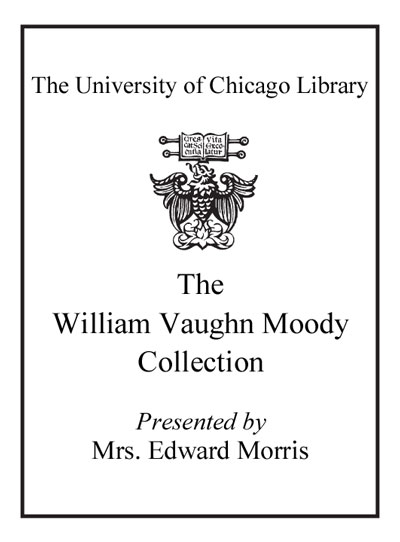| Summary: | "Spoofing the Modern is the first book devoted solely to studying the role satire played in the movement known as the "New Negro," or Harlem, Renaissance from 1919 to 1940. As the first era in which African American writers and artists enjoyed frequent access to and publicity from major New York-based presses, the Harlem Renaissance helped the talents, concerns, and criticisms of African Americans to reach a wider audience in the 1920s and 1930s. These writers and artists joined a growing chorus of modernity that frequently resonated in the caustic timbre of biting satire and parody. The Harlem Renaissance was simultaneously the first major African American literary movement of the twentieth century and the first major blooming of satire by African Americans. Such authors as folklorist and anthropologist Zora Neale Hurston, poet Langston Hughes, journalist George S. Schuyler, writer-editor-poet Wallace Thurman, physician Rudolph Fisher, and artist Richard Bruce Nugent found satire an attractive means to criticize not only American racism, but also the trials of American culture careening toward modernity. Frequently, they directed their satiric barbs toward each other, lampooning the painful processes through which African American artists struggled with modernity, often defined by fads and superficial understandings of culture. Dickson-Carr argues that these satirists provided the Harlem Renaissance with much of its most incisive cultural criticism. The book opens by analyzing the historical, political, and cultural circumstances that allowed for the "New Negro" in general and African American satire in particular to flourish in the 1920s. Each subsequent chapter then introduces the major satirists within the larger movement by placing each author's career in a broader cultural context, including those authors who shared similar views. Spoofing the Modern concludes with an overview that demonstrates how Harlem Renaissance authors influenced later cultural and literary movements"--
|
|---|

